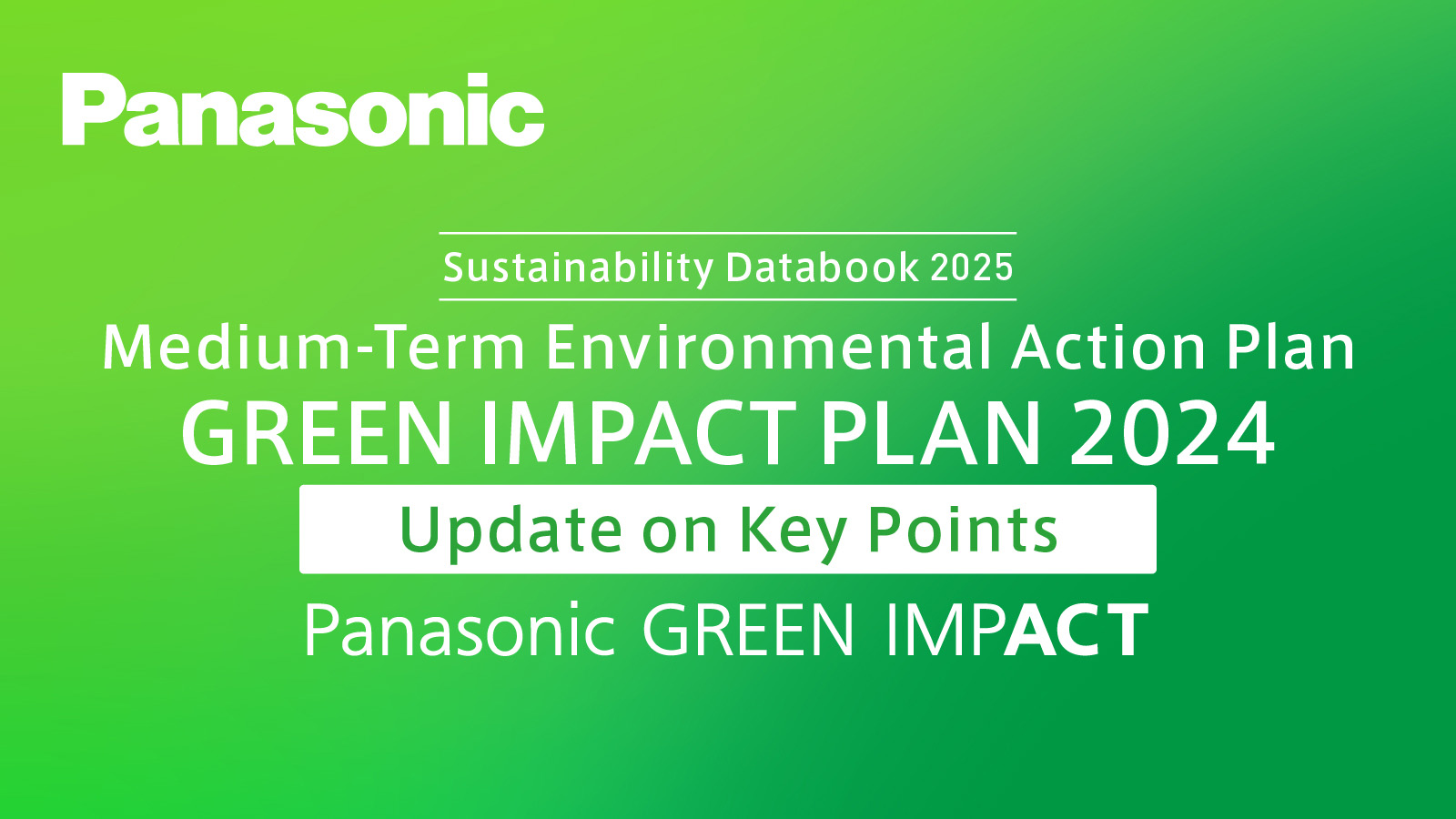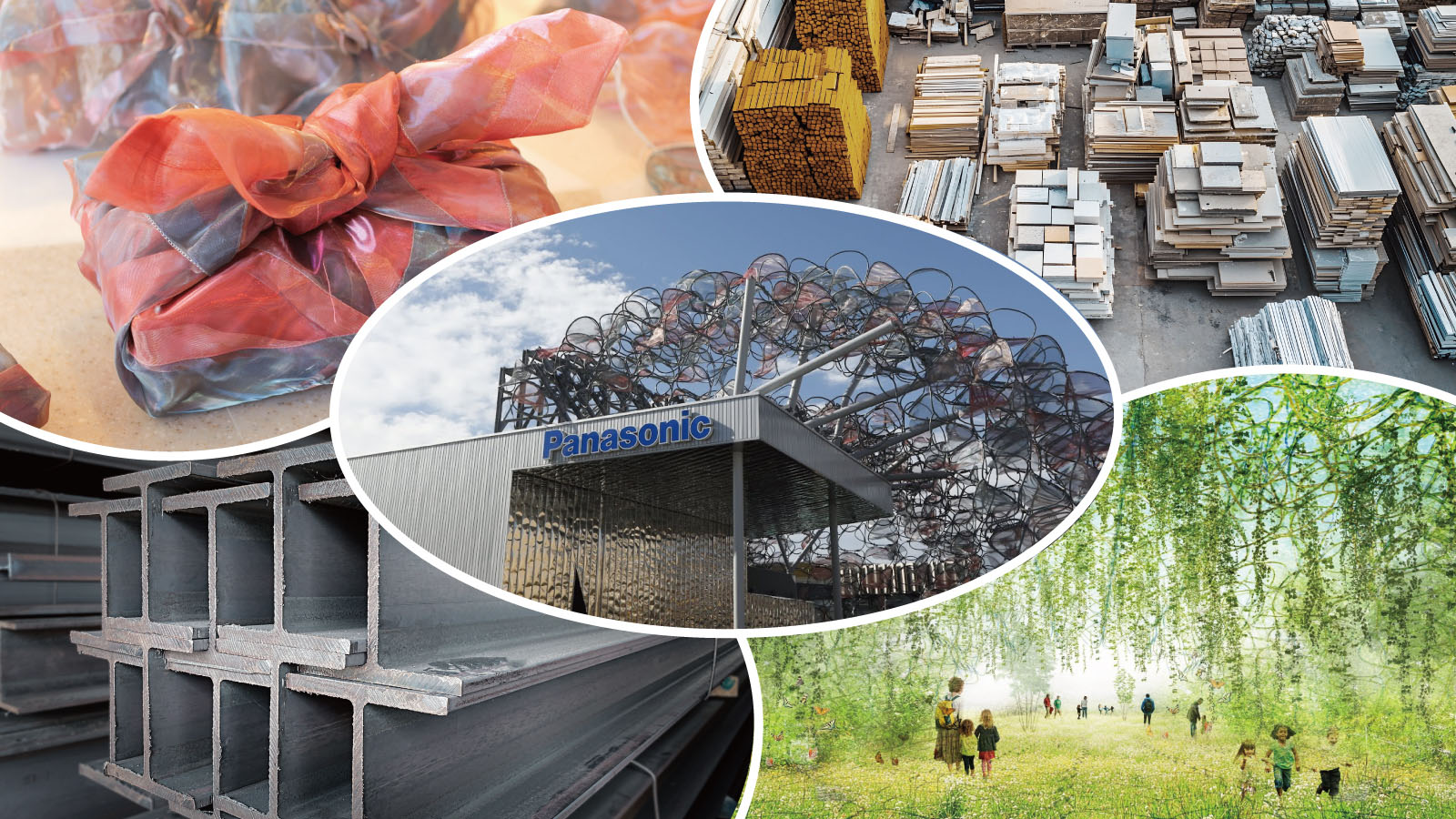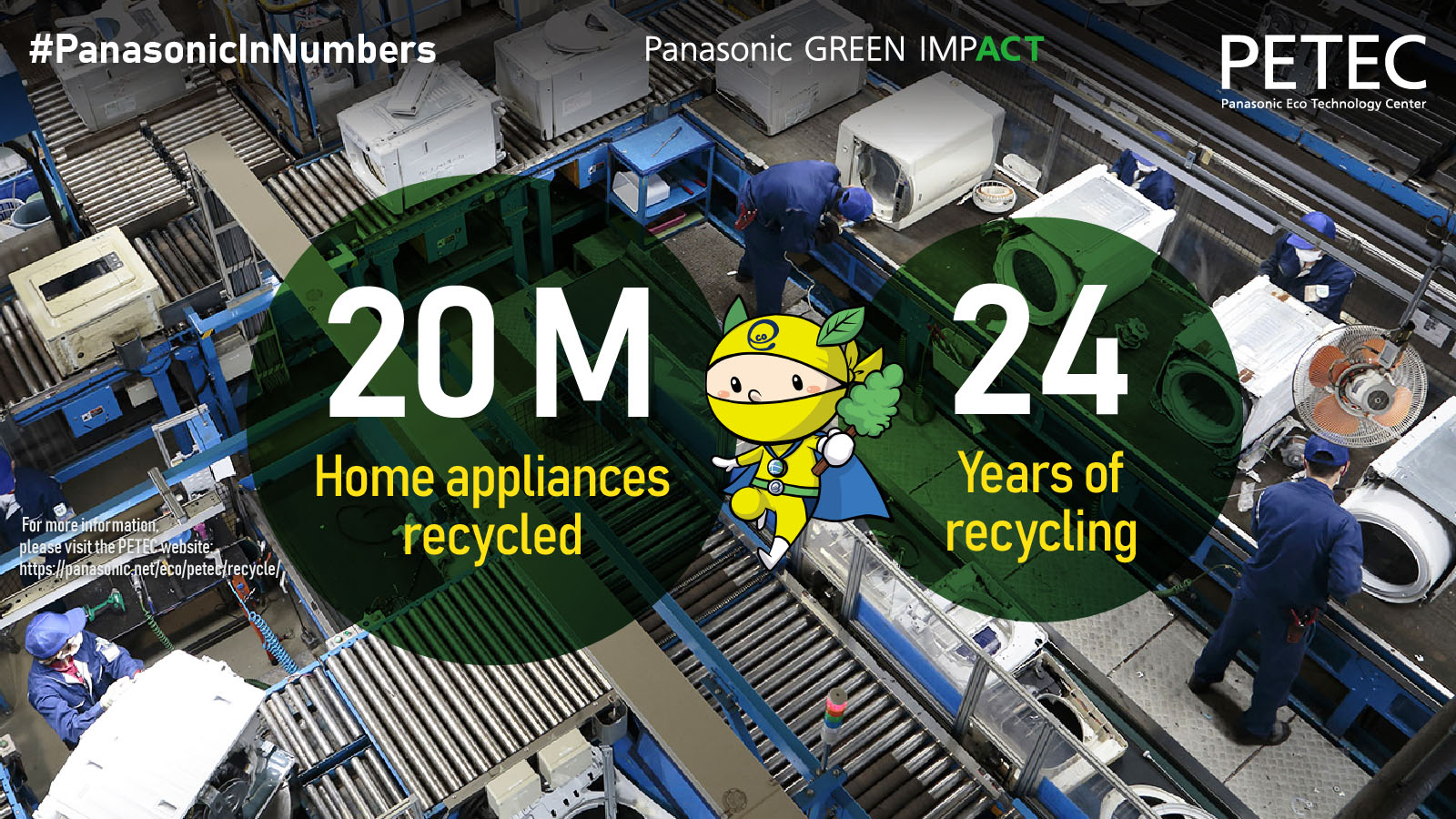Uehara then turned to the Bio CO2 crop growth technology, a newly developed product that uses a photosynthetic microorganism to transform atmospheric CO2 into plant growth-promoting molecules to stimulate crop photosynthesis-related metabolisms and enhance yields by 40 percent or more—demonstrating how Panasonic is addressing the world’s growing need for foodstuffs while taking a circular approach to carbon neutrality.
“Humanity must reduce carbon dioxide-emitting activities in manufacturing and power-generation, but in the meantime, we must also mitigate CO2’s impact,” said Uehara. “One way is to use carbon for good. This Bio CO2 transformation technology is a process that turns carbon dioxide (in the air) into a liquid that can be used to accelerate crop growth. Bio CO2 tech solves two problems at once: feeding those in need with better crop yields, and effectively utilizing CO2.”
Panasonic understands that humanity’s quest to achieve carbon neutrality means not just transitioning to renewable energy, but also making more effective use of the energy being produced. “Even as more energy comes from renewables, much of it is lost before it can be utilized,” explained Uehara. “We are developing Distributed Energy Resource Management, or DERMS, technology to reduce energy loss and increase efficiency.” DERMS will manage the generation and provision of locally sourced green energy to customers, optimizing household appliances and EV charging/discharging to help users save energy, improve grid balance, and smooth the transition to EVs. “Our Cybersecurity Monitoring feature will also protect power systems, detecting attacks and helping avoid disastrous power outages,” added Uehara.
















